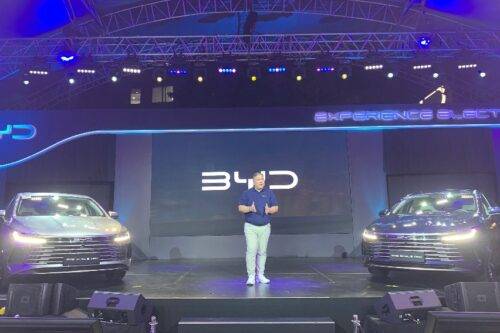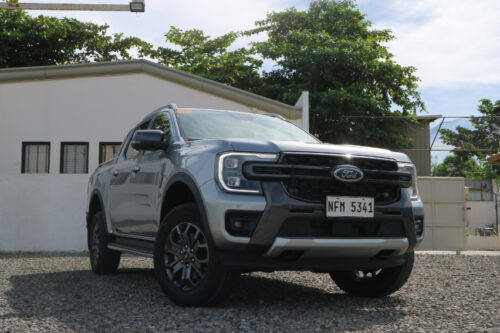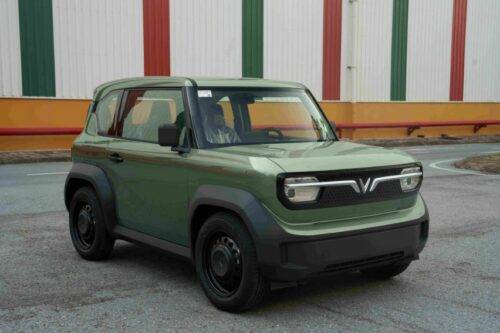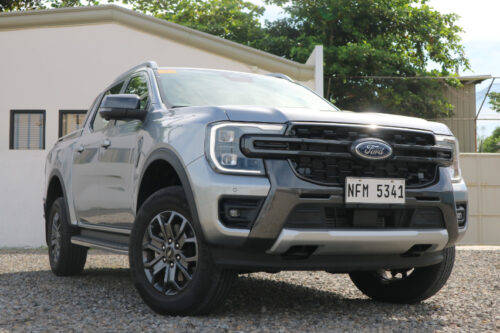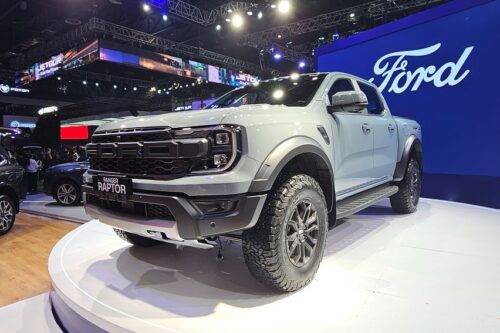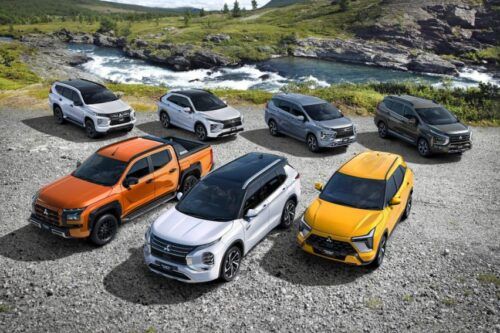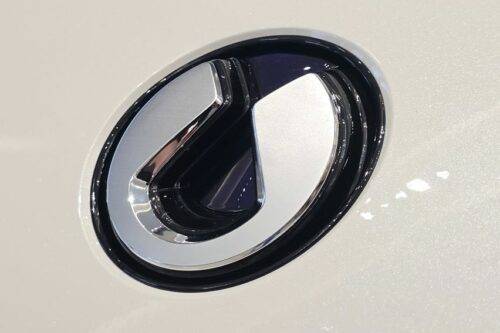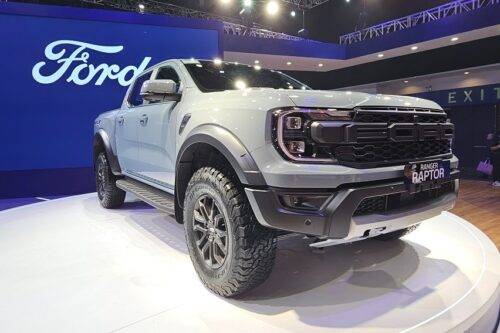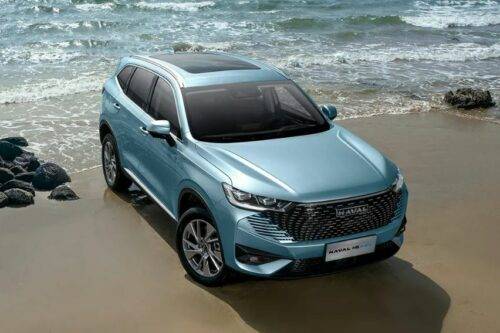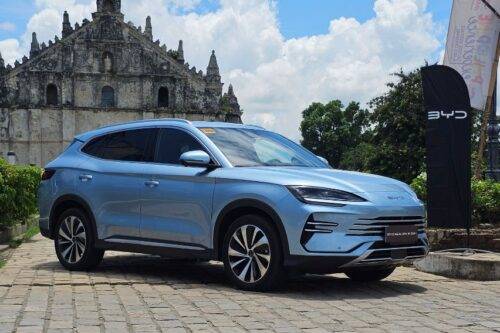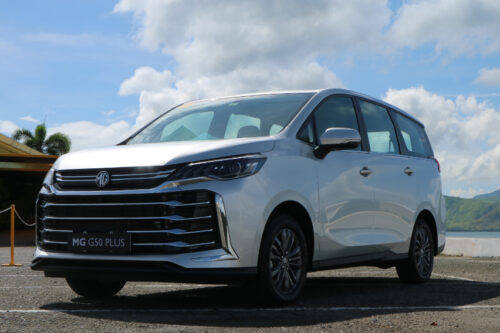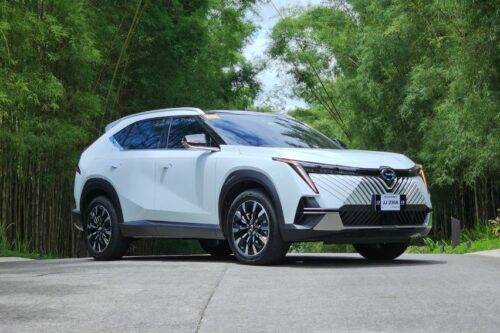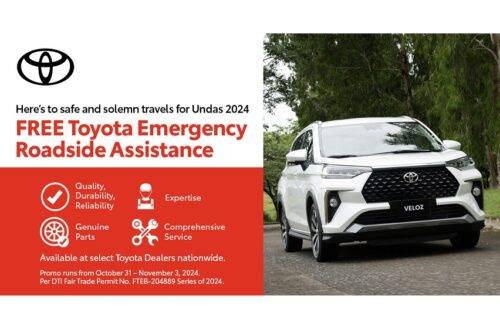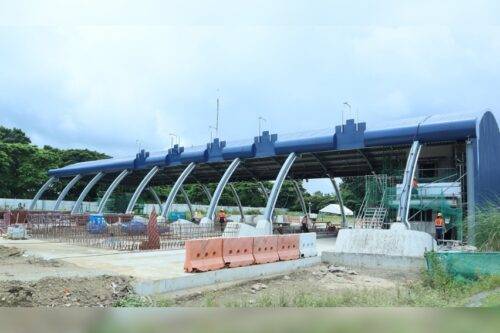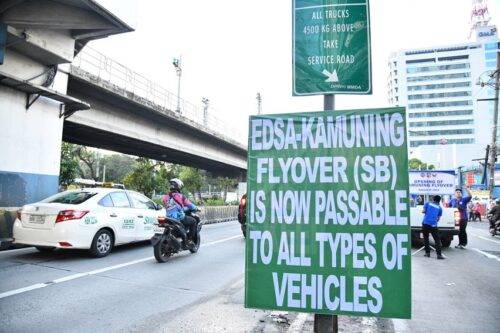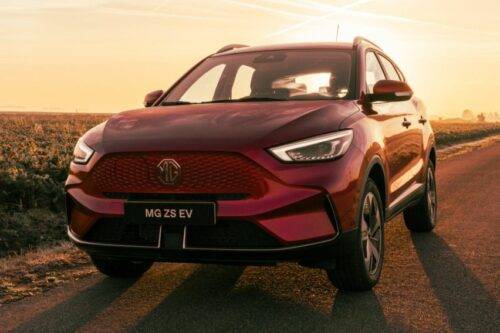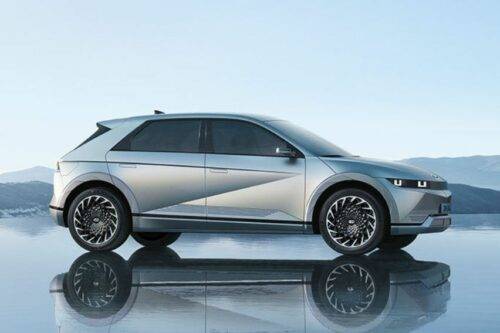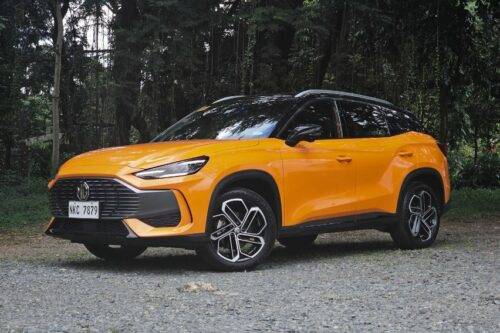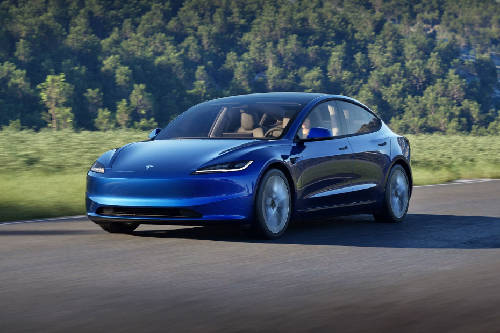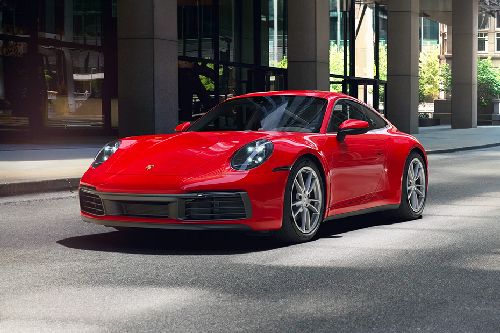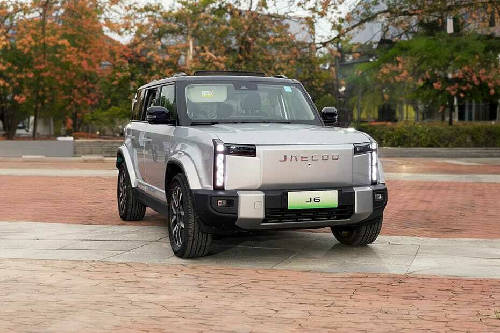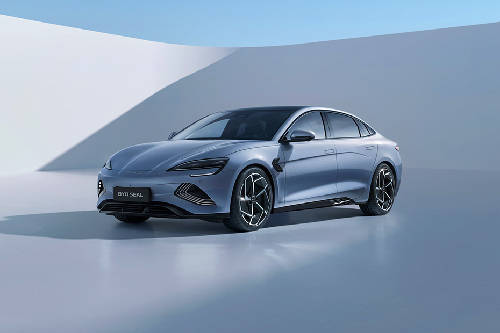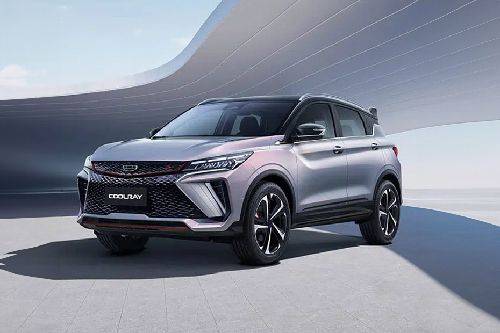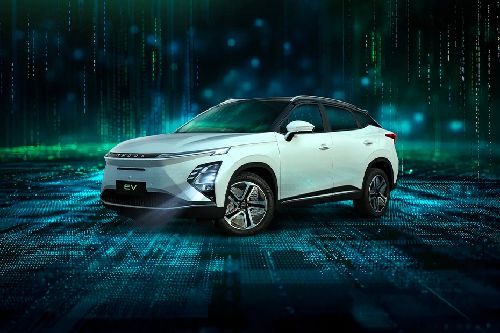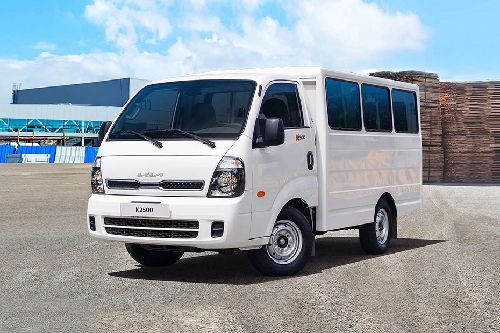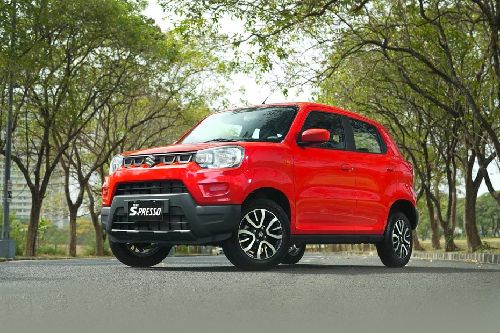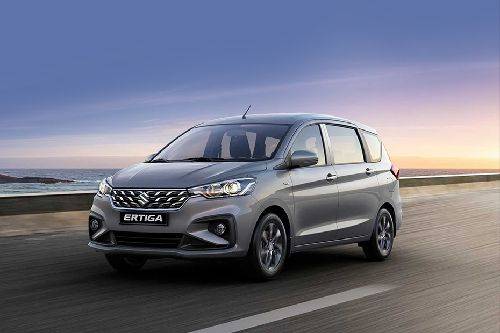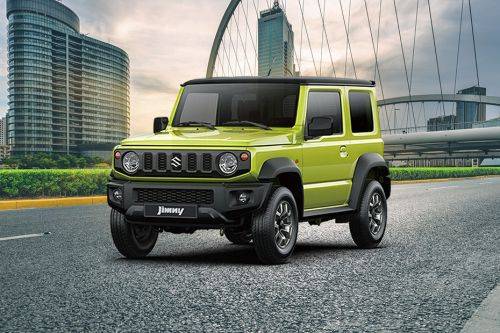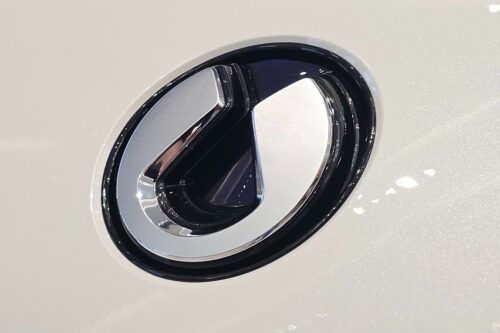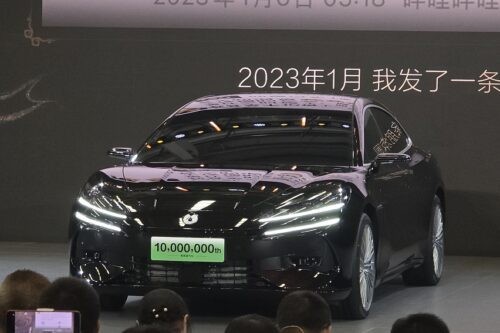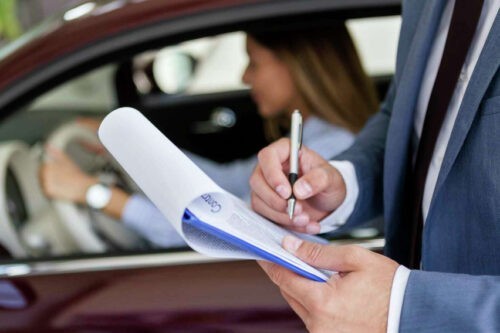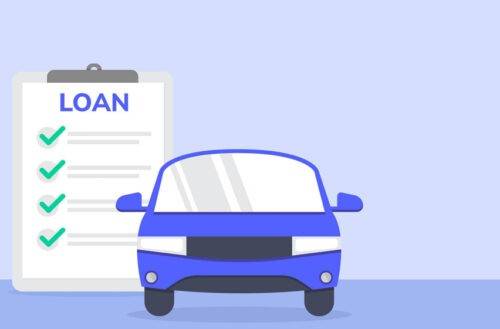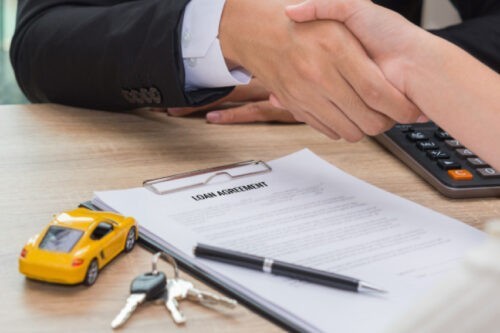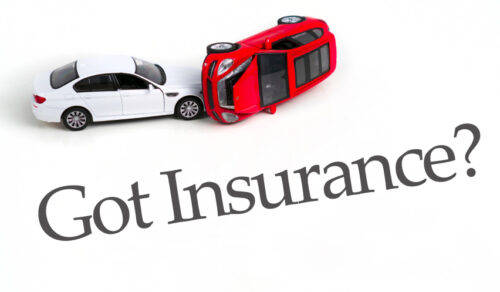What kind of car should you get in the new normal?
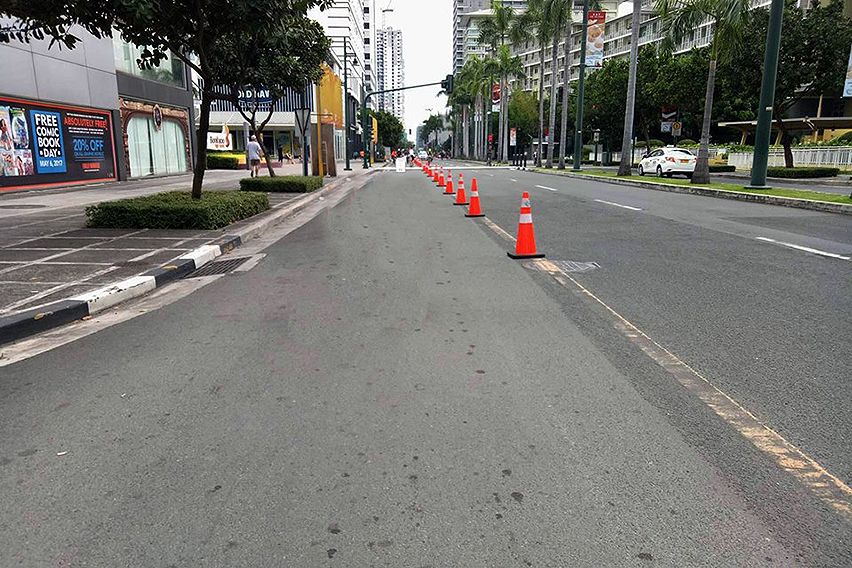
Unless this is going to be your first car, what you need is a small, compact, and most importantly, fuel efficient unit. It doesn’t have to be brand-new, but must still be under warranty.
As a "COVID" car, it will have to be small to be an easy drive whether you’re on a gridlocked EDSA or maneuvering into B3 of your building’s parking garage. Anything big would be a chore for the senses and during this pandemic, you don’t want to tax your body any more than necessary.
Going small makes sense
Get a compact because as a second car or third car, this will just be your Point-A-to-Point-B vehicle, something that takes you to and from the office. It shouldn’t be anything fancy — just basic with no frills. You’ll be alone in this unit most of the time, so no need for extra space, too. Plus, you’ll need to disinfect it regularly, maybe once a week at the very least. The more real estate it has, the longer it will be before you get back on the couch and Netflix.
Fuel miser
It has to be fuel-efficient; that’s a no-brainer. Gas and diesel may be priced relatively low now, but it’s not staying there for very long. Economies around the world are opening up, people are moving, planes are starting to take flight, and demand in general is picking up. Add the fact that OPEC (Organization of the Petroleum Exporting Countries) and OPEC+ have slashed production of oil based on a schedule that extends until 2022, so you have a situation that just about guarantees fuel prices will be sky-high in no time.
Feature perfect
Features are a deciding factor for sure as these increase ease of use and make time in traffic a lot more bearable. Look for keyless entry, Bluetooth and USB connectivity, a reverse camera with a big and a responsive touchscreen, proximity sensors, and start/stop button, in that specific order. This will help trim down the choices to a select few.
On the other hand, second-hand
Now is one of those times I’d recommend you get a second-hand car, just make sure it’s still under warranty. A used car is a lot cheaper because it factors in depreciation, which greatly lowers its value. Brands and models depreciate differently but it’s safe to say that it will lose 20% of its value in its first year and then over 60% in the next five.
Try to get something with very low mileage, preferably under 20,000 kilometers, and hopefully, barely a year old. This ensures it will still be under warranty for a few years. That means breakdown of major components will be replaced free of charge. Remember though that warranty does not cover consumable parts like brake pads, air cleaner, oil filter, etc. It's also good to note that that some vehicle components have a shorter warranty than others. It’s all detailed in the owner’s manual.
New is headache-free
On the other hand, a brand-new car comes without headaches, unless you get a lemon, but you’re covered in that regard by Republic Act No. 10642 or the “Lemon Law.”
There’s also no need to worry if the unit is hiding has a faulty integral component or a repaired major damage. You won’t have to wonder if the seller just isn’t telling you that it got stuck in a flood one time or that it was just recently overhauled. You’ll know the history of this unit because you’ll be the one making it.
First-car considerations
For first-time car owners, the approach will be a little different as there are a few variables to consider: Are you single, how many are you in the family, and where do you go a lot? That will determine what kind of vehicle you’ll purchase because whatever model it is, it must be versatile enough for you and/or your family.
If you’re a household of at least three or more, I would highly suggest a crossover. It is relatively bigger than a typical sedan but, more importantly, has higher ground clearance which you’ll need when you’re taking the entire gang, plus luggage, on a road trip, and during the rainy season.
Models from Japanese marques will generally set you back close to a million, but don’t despair because there are some highly improved Chinese brands that start at P695,000.
You can go a little larger but you’ll end up in the realm of compact or mid-sized SUVs. Remember: The bigger it is, the more expensive it gets.
Try not to overestimate on size, i.e. getting a seven-seater for your three-member family, because fuel economy is directly proportional to vehicle size and you just might end up with a gas-heavy SUV.
Whatever it is you’re purchasing, bear in mind that the expense doesn’t stop with the DP (downpayment), or even if you paid in full.
If you only put down a DP, there will be the monthly amortization which can stretch between three to five years. Otherwise, there will always be maintenance costs, insurance payments, fuel expenses, and parking fees.
There you have it, a mental guide to help you navigate around some of the critical choices in the decision making process because with our market filled with so many choices, it won’t be easy to pick THE one.
The last thing you need in the midst of this pandemic is a stressor, so if it’s really a need and not a want, go get that automobile because at the end of the day, you’re not only helping yourself, you’re saving our economy from this crisis as well.
Sell your car at the best price
 Verified and genuine buyers
Verified and genuine buyers
PIMS 2024
- Latest
- Popular
You might also be interested in
- News
- Featured Stories
- Latest
- Upcoming
- Popular
Latest Car Videos on Zigwheels

Car Articles From Carmudi
- journal
- advice
- financing
- insurance






